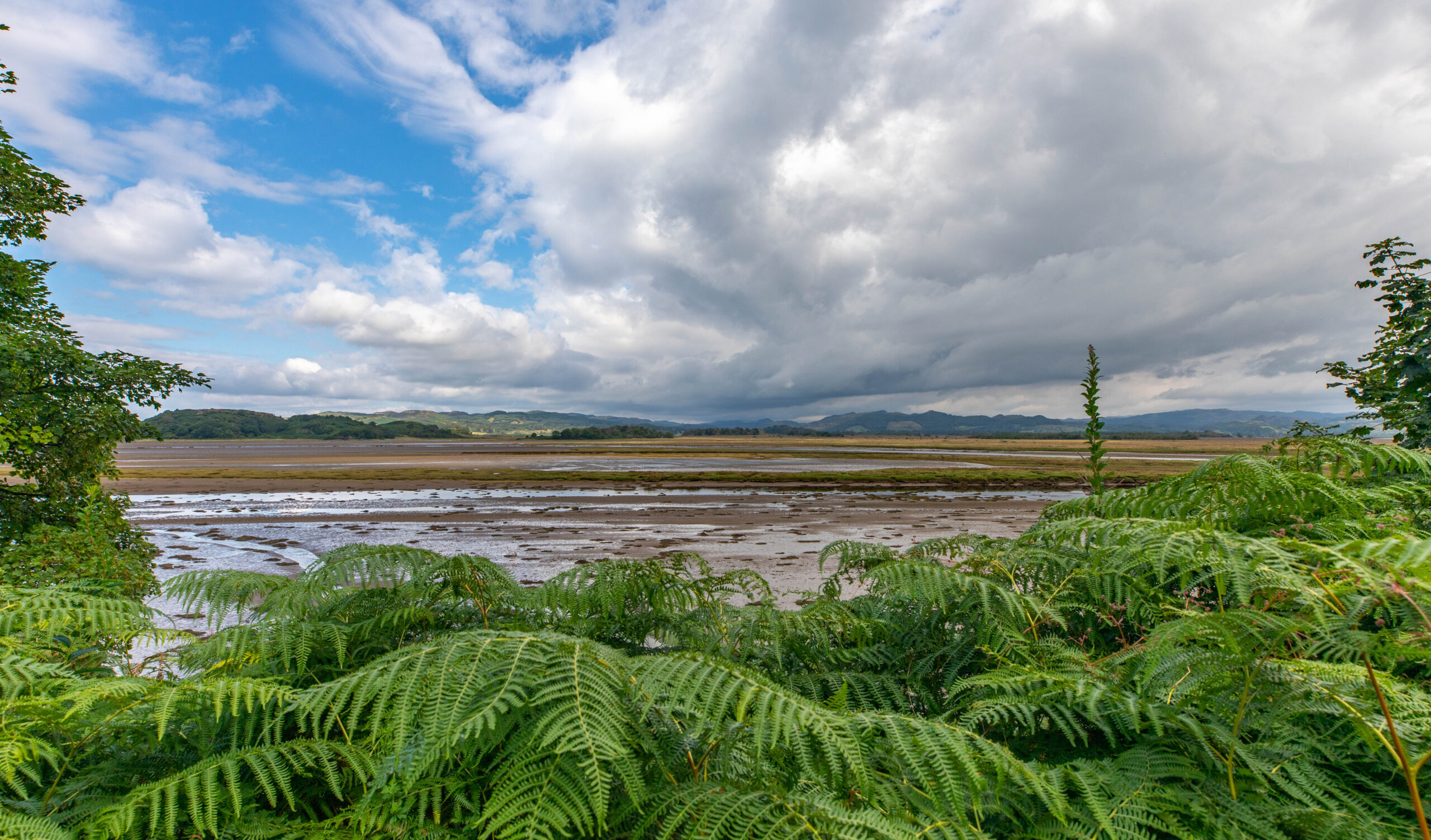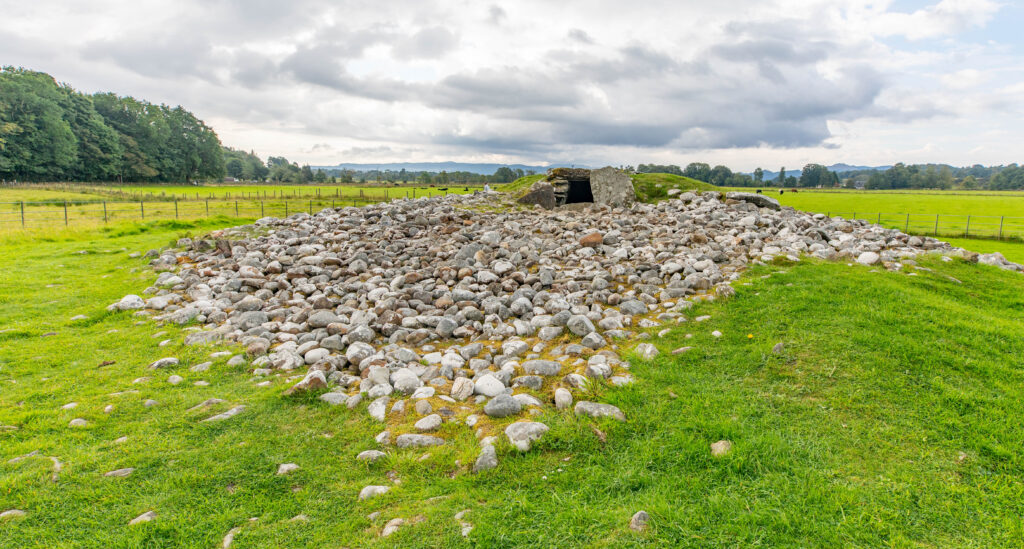Our second day of biking was a short circular ride from Crinan to several fascinating historical sites on the peninsula North of Crinan. We started out down the canal path and quickly passes the first of several locks we’d see along the canal.
We were lucky enough to stop at one of the locks while they were moving several large sailboats across. It was interesting to see the operation of the lock, and several of our riders even got to help manually open the gates to let water into the lock.
We followed the canal path for a few miles and saw the Southern edge of Moine Mhor National Nature Reserve. Moine Mhor means ‘Great Moss’ , and the Reserve is home to a huge natural bogland featuring a wild landscape of hummocks, hollows, pools, and rivers. Raised bogs like Moine Mhor are among Europe’s most threatened habitats, and are home to a variety of plants and animals specially adapted to thrive in the water-logged conditions.
Later we left the canal path and headed North on the A816 towards Dunadd Fort. Dunadd Fort was built on a large natural outcrop and was home to a fort 2,000 years ago that was a royal power centre of Gaelic kings in the 500s to 800s AD.
After climbing around Dunadd Fort we continued North to Kilmartin Glen. Kilmartin Glen is one of the most significant historical archeological sites in Scotland. Centered around the village of Kilmartin are more than 800 ancient and historic sites and monuments including cairns, stone circles, burial stones, and other rock features. We first visited the grounds of the Kilmartin Church and graveyard which were very interesting and picturesque.
There is also a covered mausoleum on the grounds which contains a large collection of medieval grave slabs.
After visiting the church ground, we enjoyed lunch at the pop-up museum Cafe by Lucy’s of Ardfern (https://lucys-ardfern.co.uk/) on the museum grounds. They had a great variety of baked goods and lunch items for sale.
After leaving Kilmartin proper, we visited a couple of the major historic sites in the area. First we visited the Nether Largie area, including a large cairn called the South Cairn. The South Cairn is the oldest in Kilmartin Glen and is thought to be more than 5000 years old.
Very near the South Cairn, we visited the Nether Largie Standing Stones. These Standing Stones were thought to have been placed here approximately 3200 years ago, but several of the stones bear carvings called cup marks and ring marks that are thought to date to more than 1500 years before that. The thinking on these markings is that the stones were quarried and carved elsewhere and then brought to their current location because of their connection with the area’s ancestors. Both areas were very well preserved and interesting to observe, and both were accessible with a small walk across a pasture South of the town.
Just a bit farther South along the road we stopped at the Temple Wood Stone Circle Complex. The Temple Wood site is unique in that it has two standing stone sites side by side. The older (Northern) site was established between 3000 and 3500 BC, and was joined by a second site sometime later.
The two sites existed together for some time, at which point the older side was dismantled and covered with cobblestones. The second site is still in fairly good condition, and has 13 stones remaining of the original 22 stones. It is also unique in that it includes a central box-shaped cist and two outside burial cairns.
After we left Temple Wood, we returned to the boat in Crinan. A short time later we sailed for the Island of Jura passing by the Kintyre Peninsula, famous from the Paul McCartney song ‘Mull of Kintyre’. The Mull is a term for the headland of the peninsula, which was the location of High Park Farm, which McCartney has owned since 1966.















0 Comments